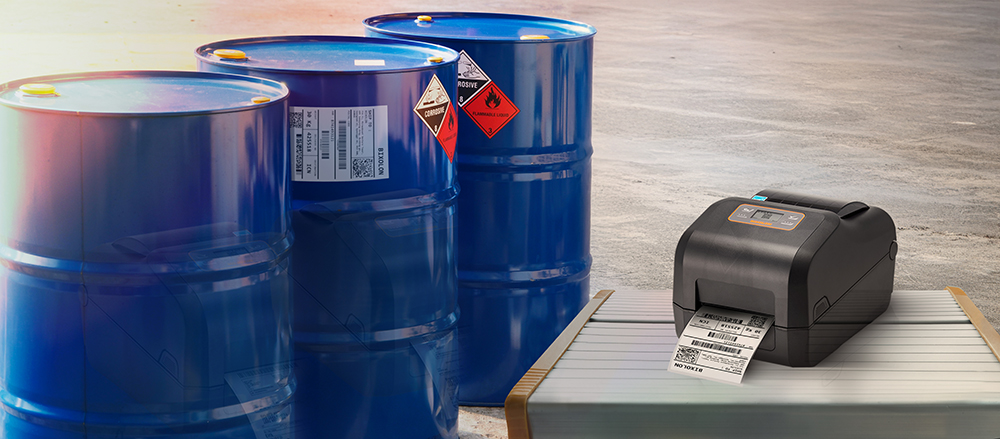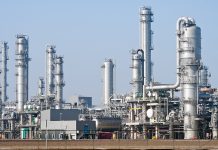When it comes to Process Safety and the containment of hazardous substances, temperature is an important factor which requires management and control to ensure accidents such as pool fires and flash fires don’t occur. In the UK, when asked about potential risk factors leading to hazards, ambient temperature may not initially spring to mind, but with the dynamic and unpredictable nature of today’s climate showing no signs of calming it is important that we are aware of what can go wrong and where we might need to change our approach to stay on top of these changing temperatures, both high and low. Highs of 40 degrees Celsius were experienced in summer 2022 and we’ve had our fair share of heat in 2023 thus far.
How can climate change introduce new hazards?
The general trend with climate change is average air temperatures increasing slowly but surely, but one thing that will remain the same is the flash points (the lowest liquid temperature at which, under certain standardized conditions, a liquid gives off vapours in a quantity such as to be capable of forming an ignitable vapour/air mixture) of the substances being handled. This leads us to think about the potential inevitability of ambient temperatures reaching, and eventually surpassing the flash points of these substances. For example, Jet A1 has a flash point of 38 degrees Celsius, which usually rules flash fires as non-credible in the UK but we have seen ambient temperatures exceed these levels in recent times. This risk is not exclusive to Jet A1, and leaves us with the task of preparing for greater average temperatures down the line.
How much of a threat is an increase in ambient temperature?
If ambient temperatures on site reach the flash point of a substance handled, this doesn’t necessarily mean that a fire or explosion is going to follow, due to several factors. For instance, using Jet A1 as an example again, ambient temperatures may only exceed 38 deg. C for a couple of hours during the day, and during a heat wave temperatures may only rise to these levels for a couple of consecutive days, whereas it would take some time for the entire volume of the liquid in a bulk storage tank to reach the highest air temperature due to the bulk thermal capacity of the liquid. Other factors that retard the storage temperature reaching the flash point include receipt via buried pipelines which is maintained at a low temperature, and the turnover of the liquid in the bulk storage tank.
These factors contribute towards a low likelihood of liquids with moderately high flash points reaching these temperatures, but in the world of safety, anything that isn’t impossible should not be brushed under the carpet.
The typical review cycle for risk assessment within industry is 5 years. Therefore, with climate change, it is important that sites don’t just base their assessments on the current climatic state, but also account for predicted changes that may occur within the following 5 years, and even further into the future. Alongside this, sites need to be aware that different procedures can lead to liquids having the potential to heat up and reach their flash point more readily. Using airports as an example, sampling of fuel via small diameter pipework could lead to volumes of fuel to sit within pipework where it can heat up faster. Because liquids aren’t always stored in large tanks in which ambient temperatures would take some time to be reached, it is important to recognise all equipment and processes at the site in question and understand the potential risks and act accordingly.
What can we do in response to changes in ambient temperature?
With temperatures rising, will every site be required to install new equipment to handle more flammable substances? In reality, this is an excessive measure to implement at this moment in time, and a less conservative approach can be taken. An automated alert system could notify workers when ambient temperatures around liquids are reaching potentially dangerous levels. This could subsequently trigger workers to carry out safer procedures, as part of a pre-planned emergency response, which all workers will be aware of and prepared for.
With the climate becoming increasingly difficult to accurately predict, it is essential that we are aware of new hazards it can present us with, as well as how we can be well equipped to adapt to these hazards, both temporary and permanent. Existing industry standard hazard study and risk assessment techniques can be easily applied to consider the effects climate change can introduce.
Rob Ritchie and Carolyn Nicholls
enquiries@ras.ltd.uk









